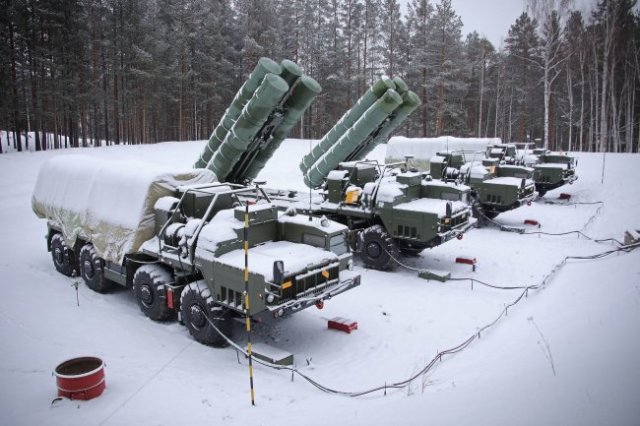Units of the 1st Air Defense Division of the Russian Aerospace Forces control the airspace over the Arctic. Modern radars are capable of detecting not only strategic bombers, but also "invisible" aircraft, as well as drones.
Operators of radar stations of the radio engineering battalion on the Rybachy Peninsula are the first to detect NATO aircraft approaching the north-western borders: reconnaissance aircraft RS-135, anti-submarine aircraft - P-3 Orion and P-8 Poseidon. Combat aircraft began to appear more and more often, including carriers of nuclear weapons - B-52 bombers.
"Every day, about 40 combat and civilian foreign aircraft are detected and conducted by combat calculations.In order to meet the increased requirements for detecting aerial targets, combat crews are constantly being trained, which have their own names: "Unmanned Aerial Vehicles Day" and "Cruise Missile Day," the weekly Zvezda reports.
The rearmament of the Norwegian Air Force with fifth-generation F-35 stealth fighters has not been ignored by the Russian military.
The commander of the compound, Major General Sergei Moskvichev, noted that the low visibility of the F-35 is greatly exaggerated, and the new three-coordinate digital radar stations easily detect and keep cruise missiles and drones in flight "at gunpoint".
It should be noted that the northern air defense divisions were among the first in Russia to receive the S-400 Triumph and the Pantsir-S1 anti-aircraft missile and cannon complex.
With a range of 400 kilometers, the S-400 complex can simultaneously fire at up to 36 targets at altitudes from 10 meters to 30 kilometers, flying at a speed of 4,800 meters per second.
Nikolay Grishchenko

